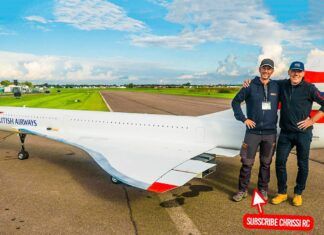While air traffic controllers worry about who will take over when they all retire, NASA this summer is working on an alternative scenario — let those pilots control themselves. The “Autonomous Operations Planner” being tested at Langley Research Center in Hampton, Va., and Ames Research Center at Moffett Field, Calif., feeds collision-avoidance info directly into the cockpit and lets pilots choose their own path through the sky. During a test later this month, airline pilots and researchers will be at computer workstations flying simulated aircraft into a mock-up of the Dallas-Fort Worth airspace. The pilots will use the experimental autonomous flight management system to plan their own routes to “safely and seamlessly fit into the traffic flow,” NASA said in a news release. Air traffic controllers, using new automation and data communication tools, will be able to see those aircraft on simulated ATC monitors. The current phase of research ends in September. There’s no schedule yet for testing the technology in real flight. “We don’t think, with how the current system is designed, that it is going to handle the future need,” Richard Barhydt, a Langley aerospace engineer, told the Hampton Roads (Va.) Daily Press. The goal of the experimental technology is to enable the system to accommodate a substantial increase in traffic, NASA said. Since 1997, NASA has spent about $55 million on autonomous flight-management research.

































